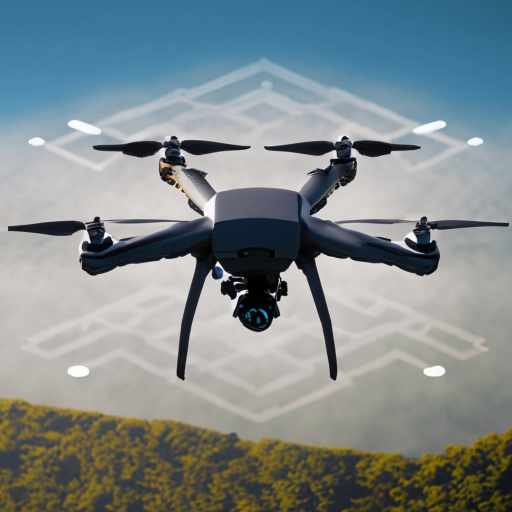Remotely Piloted Aircraft (RPA), often referred to as drones, have revolutionized industries and hobbies alike. However, with their growing popularity comes the need for understanding different types and regulations. One key aspect of this is weight classification, which determines operational requirements and restrictions.
Micro RPA: Small but Mighty
- Weight: Less than or equal to 250 grams
- Applications: Indoor flying, recreational use, close-up photos and videos
- Limitations: Limited range and payload capacity
- Regulations: Can be operated for recreational and commercial purposes without a Remote Pilot License (RePL)
Very Small RPA: Striking the Balance
- Weight: Between 250 grams and 2 kilograms
- Applications: Aerial photography and videography, inspections, mapping
- Limitations: Some operational restrictions compared to micro RPAs
- Regulations: Can be operated for commercial purposes with a RePL
Small RPA: Power and Performance
- Weight: Between 2 and 25 kilograms
- Applications: Professional use in agriculture, construction, emergency services, etc.
- Limitations: Additional regulations and operator qualifications required
- Regulations: Can be operated for commercial purposes with a RePL
Medium RPA: Workhorses of the Sky
- Weight: Between 25 and 150 kilograms
- Applications: Cargo delivery, search and rescue, infrastructure inspections
- Limitations: Requires specialized equipment and advanced piloting skills
- Regulations: Can be operated for commercial purposes with a RePL – Advanced and specific rating for that RPA
Large RPA: Pushing the Boundaries
- Weight: Exceeding 150 kilograms
- Applications: Military and specialized applications
- Limitations: Requires extensive training, certification, and regulatory compliance
- Regulations: Requires a RePL and a specific rating for that RPA
Key Takeaways
- Micro RPAs:
- Can be operated for both recreational and commercial purposes without a licence.
- Ideal for indoor flying and capturing close-up photos and videos.
- Very Small RPAs:
- Can be operated for commercial purposes with a RePL.
- Commonly used for aerial photography, videography, inspections, and mapping.
- Small RPAs:
- Can be operated for commercial purposes with a RePL.
- Ideal for professional use in various industries.
- Medium RPAs:
- Can be operated for commercial purposes with a RePL and specific rating for that RPA.
- Used for demanding tasks such as cargo delivery and search and rescue.
- Large RPAs:
- Requires a RePL and a specific rating for that RPA.
- Primarily used for military and specialized applications.
By understanding the different types of RPAs by weight and their specific regulations, you can choose the right drone for your needs and ensure you operate it safely and responsibly.


